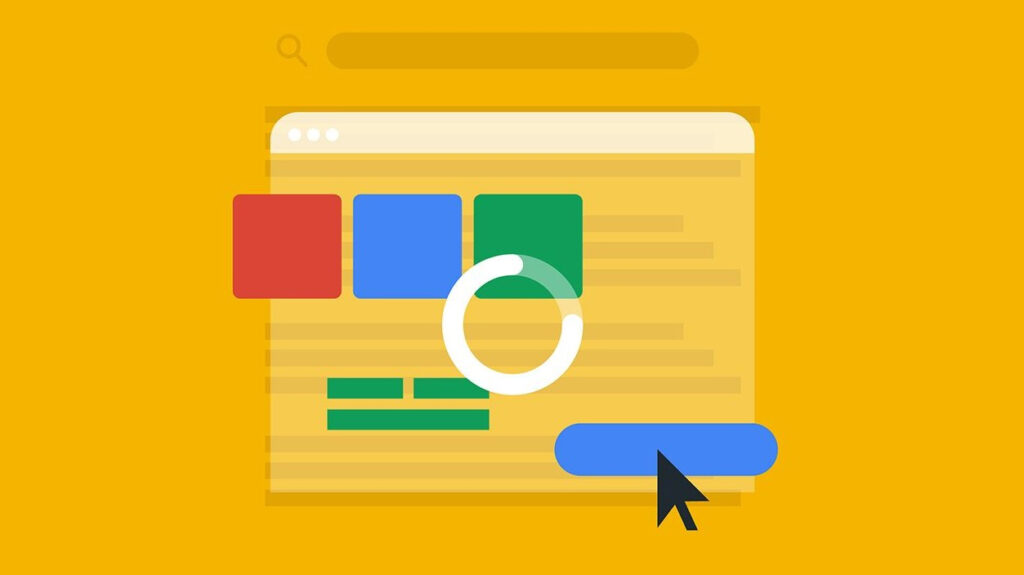Why Google Analytics 4?
There have been many ongoing transitions regarding the privacy of website visitors. There is no escaping the fact that Google, too, is starting to address this. A major step in that direction is the introduction of Google Analytics 4. Besides ensuring reliable data by focusing more on the user than on the session (Universal Analytics), a new version of the system also offers data modelling that can be used to fill data gaps. Additionally, Google Analytics is capable of making predictions about users’ future behaviour based on advanced machine-learning.
Google Analytics 4 benefits
- Web and app tracking in 1 overview
- Advanced machine-learning functionality: GA4 is able to generate interesting insights and make predictions based on the collected data
- Prepared for a cookie-less future, especially in combination with server-side tagging
- More focused on target groups than segments
- Deeper integration with Google Ads.
When to migrate to GA4?
As of 1 July 2023, Google Analytics Universal has moved to Google Analytics 4 (GA4). This means that from now on, data will only be measured in the new version (4.0) of Google Analytics. As you can’t take data with you from Universal Analytics, we recommend starting implementation as soon as possible so that you have as much data as possible before the final transition.
Google Analytics 4 implementation
The aim of a Google Analytics 4 implementation is to give you all the insights you need to carry out your daily work as effectively as possible. Because a Google Analytics 4 implementation is almost always customised, we first agree on what exactly you want to measure.
Assessment
In this step, we discuss exactly what you want to measure. Consider different user interactions and end goals. Which primary and secondary conversions are important to you? Which additional incidents would you like to see in GA4? Which reports should be set up? We will discuss this with you so that we can then get started.Output
Building on the input from the previous phase, we get to work on implementation. We create the various events in Google Tag Manager and then test whether this comes through properly. When these are in place, we create the reports and deliver the whole thing.Follow-up
Google Analytics 4 is considerably different from previous versions. Fewer reports and a different layout. So it’s logical that you won’t get it right away. We are here to support you and teach you how to use Google Analytics 4.
How can Prodos help you?
Do you want to get started with Google Analytics 4, but need help with implementation? Get in touch with our Tech & Data team.
Let's Talk!